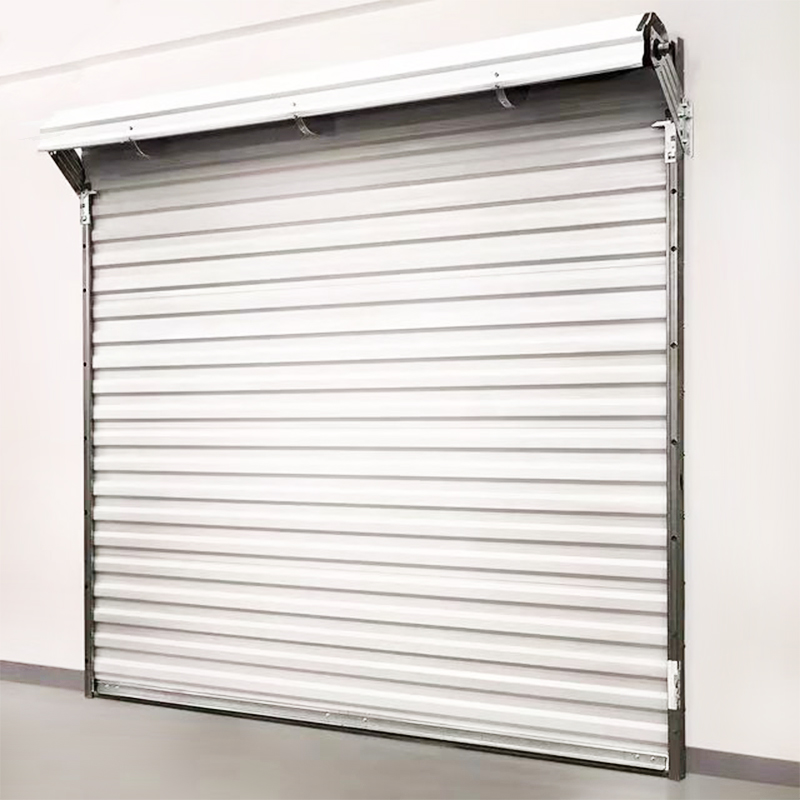Should sliding door be inside or outside
Sliding doors have become a popular choice for homes and commercial spaces. They offer a sleek, modern look, as well as space-saving and easy-to-use functionality. However, there seems to be considerable debate among homeowners, architects, and interior designers when it comes to deciding whether sliding doors should be installed indoors or outdoors. In this blog, we’ll delve into the pros and cons of both options while focusing on the topic of whether sliding doors should be on the inside or the outside.
Inside the sliding door:
One of the main benefits of installing sliding doors indoors is the protection they provide from the elements. By mounting the door internally, it is protected from extreme weather conditions, extending its lifespan and reducing the need for frequent maintenance. Additionally, interior sliding doors can provide greater insulation, helping maintain a comfortable indoor temperature and potentially reduce energy costs.
From a design perspective, interior sliding doors create a seamless and unobstructed flow between indoor and outdoor spaces. When open, they can blur the boundaries between the two areas, creating a sense of continuity and openness. This is especially beneficial for homes with smaller outdoor areas, as it can make the space feel larger and more inviting.
However, there are some disadvantages to installing sliding doors indoors. One of the main concerns is the possibility of space constraints. Interior sliding doors require enough wall space to install, and space for the door to slide open without obstructing walkways or furniture. This can be a challenge for smaller homes or rooms with limited wall space.
External sliding door:
On the other hand, outdoor sliding doors also have their own advantages. One of the main advantages is that they provide a seamless connection between indoor and outdoor spaces. When open, the exterior sliding doors create a natural transition between the two areas, allowing you to move between them easily and provide unobstructed views of the outdoors.
Additionally, exterior sliding doors are a great space-saving solution. Because they slide along the exterior wall, they don’t require any internal space to open, making them ideal for rooms with limited floor space. This is particularly advantageous for a small patio or balcony as it makes the most of the outdoor area.
However, there are some issues with exterior sliding doors. One of the main disadvantages is their exposure to the elements. Unlike interior sliding doors, exterior sliding doors are susceptible to harsh weather conditions, which can cause wear and tear over time. They may require more frequent maintenance and upkeep to ensure their longevity.
Another consideration for outdoor sliding doors is security. These doors are easier to break into and force entry because they allow entry from the outside. Homeowners may want to invest in additional security measures, such as strong locks or security bars, to protect their property and loved ones.
All in all, the debate over whether sliding doors should be internal or external ultimately comes down to personal preference, specific needs and the layout of the space. Both options have advantages and disadvantages, and decisions should be made based on factors such as climate, space availability, design aesthetics, and safety considerations. Whether a sliding door is installed indoors or outdoors, it is important to ensure that it is of high quality, installed correctly and well maintained to fully enjoy its benefits.

